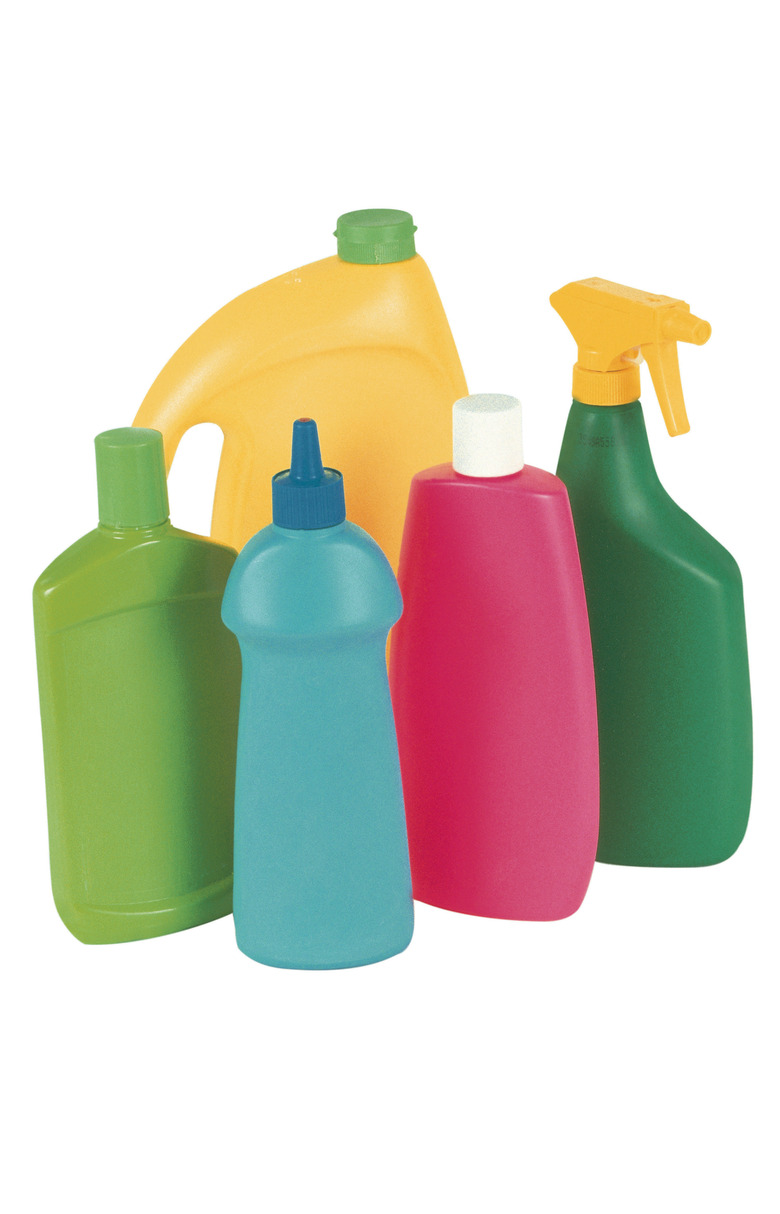Microban Toxicity
Microban is a registered trademark for the antimicrobial agent triclosan. Triclosan is used in a wide variety of household and personal care products. These include cleaners, toothpaste, soap, mouthwash, shaving creams and deodorant. It can also be found in plastic products, such as kitchenware and toys. Triclosan is washed down drains into municipal sewage systems. From the waste water plant, it makes its way into aquatic ecosystems, drinking water, and soil that is fertilized with treated sewage sludge, also known as "biosolids."
Aquatic Organisms
Aquatic Organisms
The effects of triclosan on aquatic ecosystems have been well studied. Triclosan has been shown to inhibit growth, reproduction, and photosynthesis of aquatic plants. Known effects on aquatic animals include death, growth inhibition, reduced mobility and low fertility. The susceptibility of aquatic animals to triclosan varies with species, age, and the intensity and length of exposure. Young fish are more sensitive to triclosan than mature fish, and the same is true for African clawed frogs. Exposure to a low concentration of triclosan over several days can have the same effect as exposure to a high concentration over 24 hours. Triclosan has been shown to accumulate in the bodies of fish, a process known as "bioaccumulation," and could potentially move up the food chain to terrestrial predators, such as humans and eagles. Bioaccumulation elevates the concentration of a toxin in the environment, increasing the likelihood that organisms will be exposed to a high dose.
Terrestrial Organisms
Terrestrial Organisms
Multiple studies have shown that triclosan can be toxic to soil microbes, earthworms and several species of flowering plants. This is a serious problem, as these organisms contribute to important ecological processes, such as organic matter decomposition, soil aeration, gas exchange and nutrient recycling. Additionally, triclosan has been shown to accumulate in the tissues of earthworms and snails. Both animals are an important food source for many bird and mammal species, and are therefore a pathway by which triclosan can move through the food chain. Triclosan does not appear to be lethal to mammals, but has been linked to altered sperm production in rats and depression of the nervous system in mice.
Biosolids and Toxicity
Biosolids and Toxicity
Results of a study published in the March 2011 issue of "Environmental Toxicology and Chemistry" suggest that harm to soil organisms is reduced when triclosan is applied as part of a biosolid fertilizer. The study tested the toxicity of triclosan, combined in soil with biosolids, on earthworms and soil bacteria, and found that there was no short-term effect on either organism. The authors believe that biosolids bind to triclosan, making it less available in the environment. It is important that biosolids are applied sparingly to soil, however, as excess application may result in drainage of triclosan into groundwater.
Human Health
Human Health
A review article on the occurrence and toxicity of triclosan in the environment, published in the May 2012 issue of "Environmental Science Pollution Research," reports that triclosan typically enters the human body when personal care products are applied, or oral hygiene products are ingested. There is some evidence that exposure to triclosan causes skin irritation, but no studies have investigated whether triclosan is retained in human tissue, or if it breaks down in the body, producing dangerous chemical by-products. Laboratory studies have shown that triclosan increases the resistance of disease-causing bacteria to other antibacterial agents, such as penicillin. Based on the results of animal studies, there is evidence that triclosan could disrupt the human endocrine system, causing developmental and reproductive problems.
Cite This Article
MLA
Campbell, Kirsten. "Microban Toxicity" sciencing.com, https://www.sciencing.com/microban-toxicity-22516/. 24 April 2017.
APA
Campbell, Kirsten. (2017, April 24). Microban Toxicity. sciencing.com. Retrieved from https://www.sciencing.com/microban-toxicity-22516/
Chicago
Campbell, Kirsten. Microban Toxicity last modified March 24, 2022. https://www.sciencing.com/microban-toxicity-22516/
